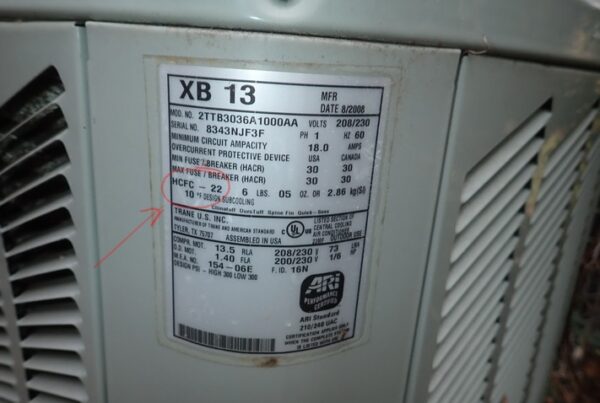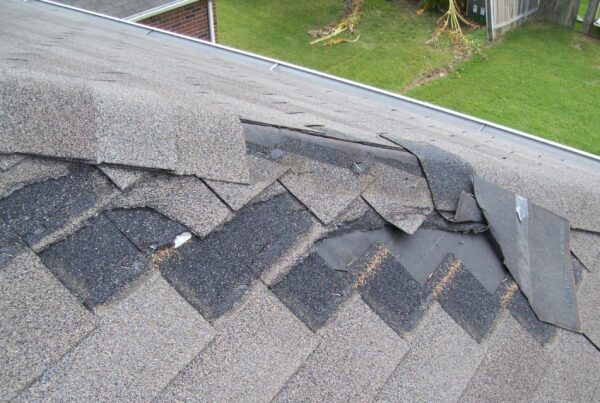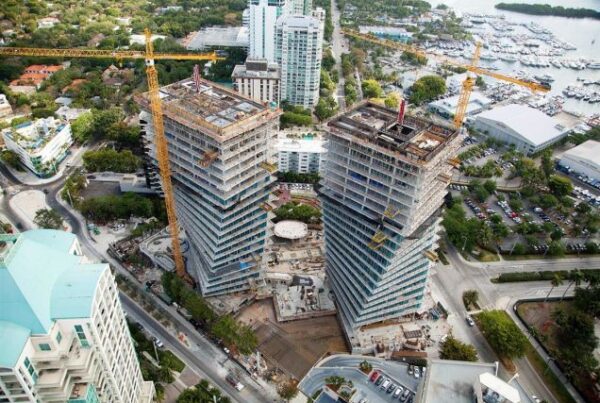 By Gary J. Caruso, PE, RS of Criterium-Caruso Engineers
By Gary J. Caruso, PE, RS of Criterium-Caruso Engineers
Water infiltration and its consequences are some of the most important considerations in building design. Countless measures are taken to ensure that a building is watertight. Remedial repairs to structures, due to water leakage, can be costly. Any waterproofing application requires strict and meticulous execution of each detail of a waterproofing system or the entire waterproofing system (even a new system) will not be effective. A high level of workmanship and attention to detail in the initial waterproofing application is important when one considers the problems and costs associated with the discovery and correction of leaks after the fact.
Roofs generally come to mind when one thinks of waterproofing and leaks. Although roofs are very important elements of the building waterproofing system, there are many other waterproofing elements associated with the multitude of sources of water penetration into a building. Any investigation about the source of water leakage can involve multiple sources or a failure in a combination of components. In fact, most roof leaks are associated with the failure of waterproofing around penetrations through the membrane. Besides the roof membrane itself, water can penetrate into a building around and through the following building components.
- Building and roof flashings, penetrations, vents and openings.
- Windows, doors and exterior walls.
- Plumbing vents and wall penetrations.
- Cracks or joints in concrete, masonry and stucco.
Water vapor penetration is another source of water infiltration. The problems associated with moisture from water vapor infiltration can be quite complex. Vapor barrier position, thermal gradients, ventilation, pressure differentials inside the building, HVAC equipment selection, insulation, ground water and grading issues are all associated with water and condensation problems inside buildings. Sometimes water leakage problems related to water vapor infiltration are incorrectly diagnosed as roof leakage or water infiltration from other sources. Improper coatings and the installation of these exterior coatings can trap moisture inside walls causing rot, deterioration and mold growth. This damage is frequently not readily discernible and the damage can progress dramatically before it is detected. These consequences have been dramatically illustrated in the last ten (10) years in buildings improperly coated with exterior insulating finishing systems (EIFS or synthetic stucco).
All waterproofing and roofing system installations and repairs demand that a proper design and scope of work be developed. Quality control inspections to ensure that the design or manufacturer’s specifications are being followed are a critical part of any project. Careful attention to details at flashing and penetrations are particularly important. Caulking around openings must be properly installed and maintained.
In some portions of a building, proper ventilation is needed to control excessive humidity and water vapor accumulation. Ventilation problems are usually associated with attics, basements and crawl spaces. However, improper ventilation inside tight buildings where the air supply and exhaust volumes are not balanced can cause water vapor to enter a building. This water vapor then condenses on cool surfaces, sometimes inside walls. Proper balancing of the air supply and exhaust systems is an important element of the overall waterproofing system.
As we have seen, water infiltration problems may not be as straightforward as they seem. A new roof may not always be the entire solution to water problems in a building. Water can silently intrude into buildings under the guise of a vapor or directly pour into the building in liquid form. Both avenues of entry require our careful attention.


